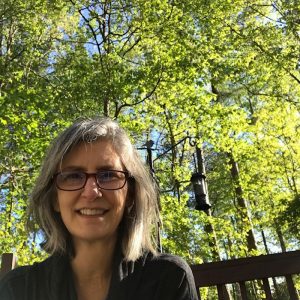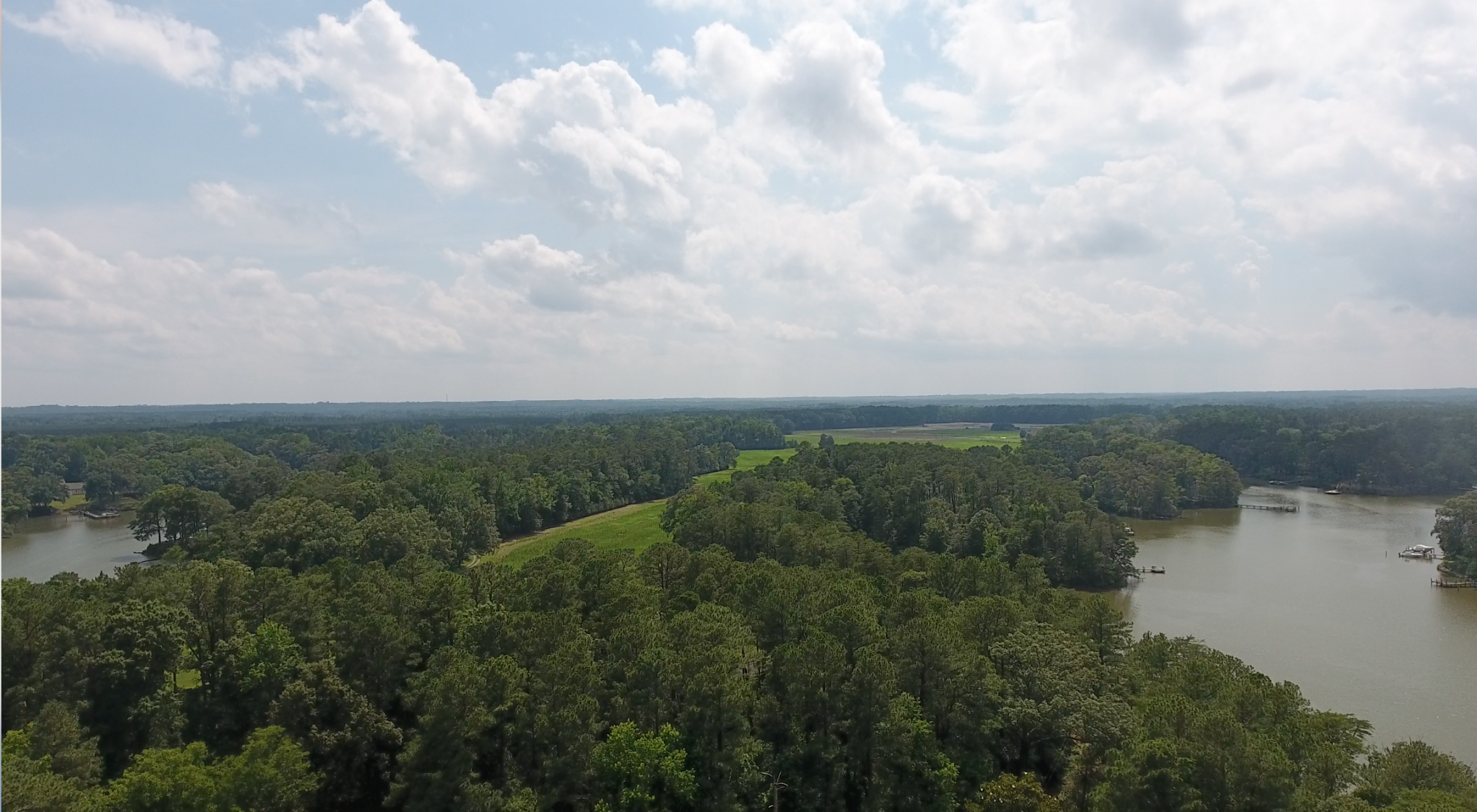
Hull Springs, a VOF-protected 662-acre outdoor classroom and research field station in Westmoreland County, is usually buzzing with activity. Mary Farley Ames Lee, the alumna who bequeathed the property to the Longwood University Foundation in 1999, wouldn’t have had it any other way. True to her vision, the site hosts students from both the Prince Edward County-based university and Westmoreland County schools, helping them learn about native plants, ecological communities, and living shorelines.
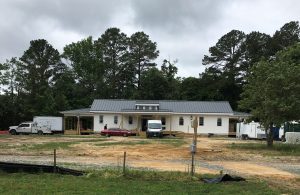
Last year, the pandemic brought much of that activity to a halt, forcing Hull Springs to pause its in-person programming. But don’t worry, says Hull Springs’ executive director Sherry Swinson, “We’re coming back, bigger and better than before.”
The foundation made the most of the 2020 pause by focusing its energy on building a new state-of-the-art research lab. The $1.2-million facility will enhance how the site serves Longwood University faculty and student research, as well as allow for the expansion of existing partnerships with the Virginia Institute of Marine Science, Westmoreland County Public Schools and others.
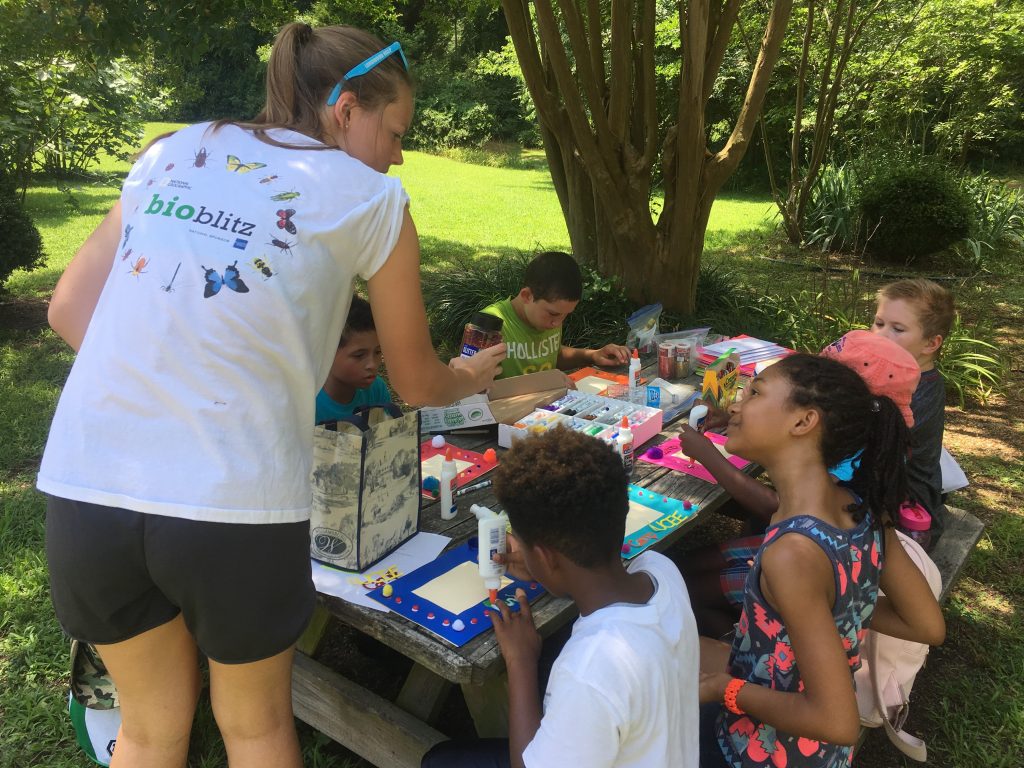
One program to benefit is the Longwood University Camp for Environmental Exploration (LUCEE), which serves local school kids through summer camps. Camps will resume in the summer of 2022, and the kids will use the lab for many of the camp activities, Swinson says. “Campers will have access to microscopes, see up close how a rain harvesting system works, and hopefully hear the latest reports from ongoing research projects being conducted at the site by Longwood faculty and students.”
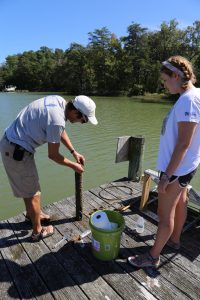
Another program that is ready to take advantage of the on-site lab is the Longwood Environmental Observatory (LEO). The “observatory” is a network of environmental sensors that faculty and students have deployed across the site to monitor local weather conditions, water quality, water temperature and water oxygen levels. These sensor readings supplement information provided by the water samples biology professor Dina Leech and her students collect by hand. Leech, who started monitoring Hull Spring’s creeks with her students in 2014, is excited to start using the new lab once it is completed in June. “Before, my students and I would have to collect our samples, then drive three hours to get them back to the [Farmville] campus lab to process,” she says. “The new lab is going to make our lives so much easier.”
Leech adds that the LEO datasets have also provided opportunities for collaboration across departments. Faculty in computer science and math have been using them to teach how to quality-check large data sets and make them searchable. Communications students are working on marketing the data and making it publicly accessible. “Ideally, we’d like a public website that people can access anytime,” Leech says. “We hope to get the public interested in science and how they might be involved in solutions to the problems we’re facing now.”
As LUCEE, LEO, and other programs on the property ramp back up, ideas for taking advantage of the new lab facilities are percolating. “We just put a request out to our faculty to submit research proposals for the fall,” says Leech. Green construction plans for a cabin-like dormitory where Longwood students can spend the night during research trips are also in the works. As Swinson notes, “There is so much potential up there, and the new lab will help us take advantage of all the property has to offer.”
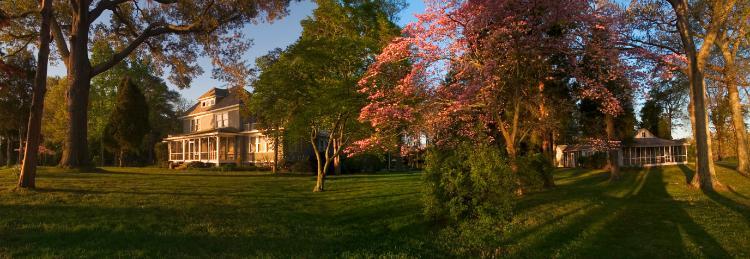
For those not affiliated with the university, the “Big House” at Hull Springs is available for events and overnight stays. Groups can schedule plant and bird walks by writing Sherry Swinson at swinsonsd@longwood.edu.
